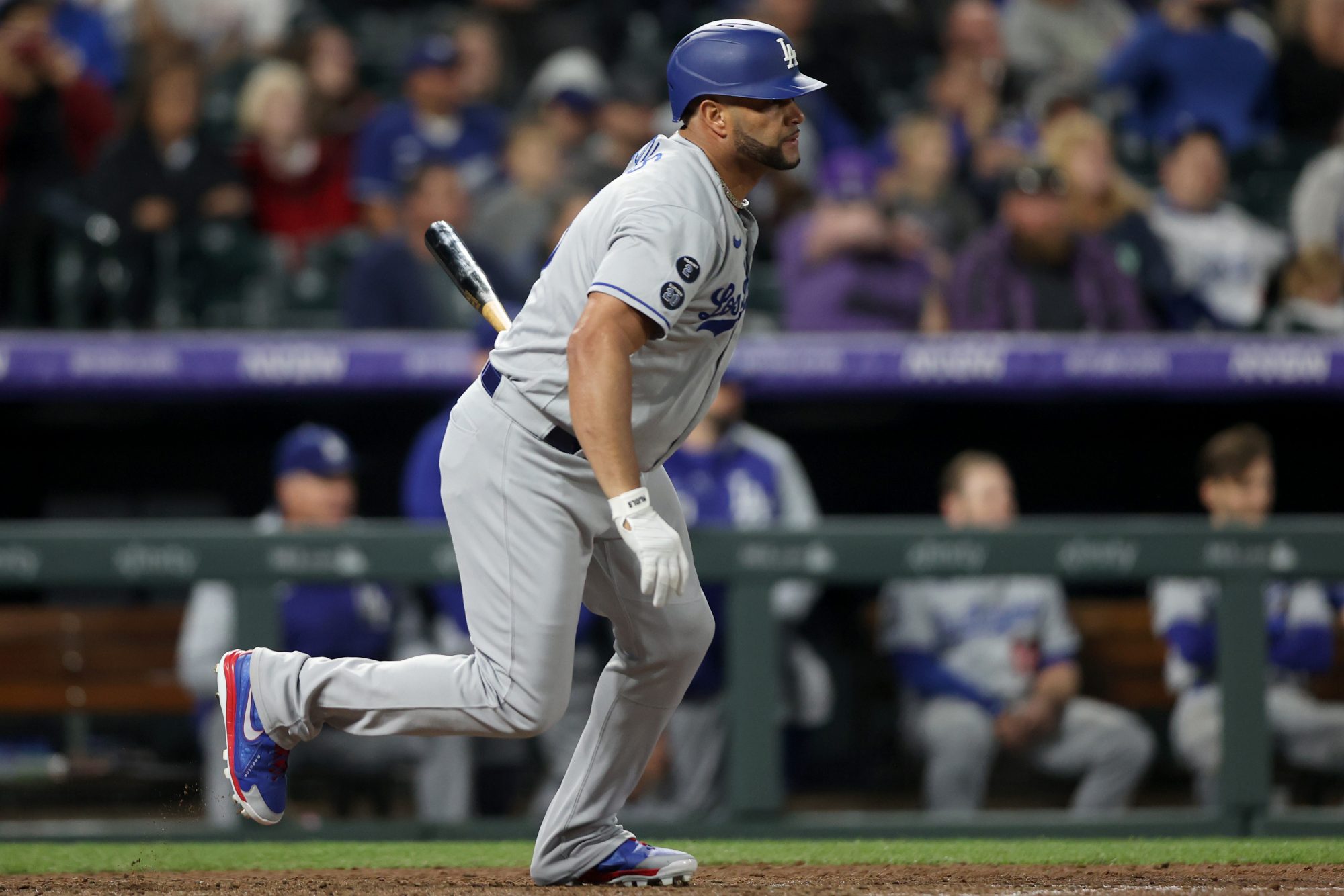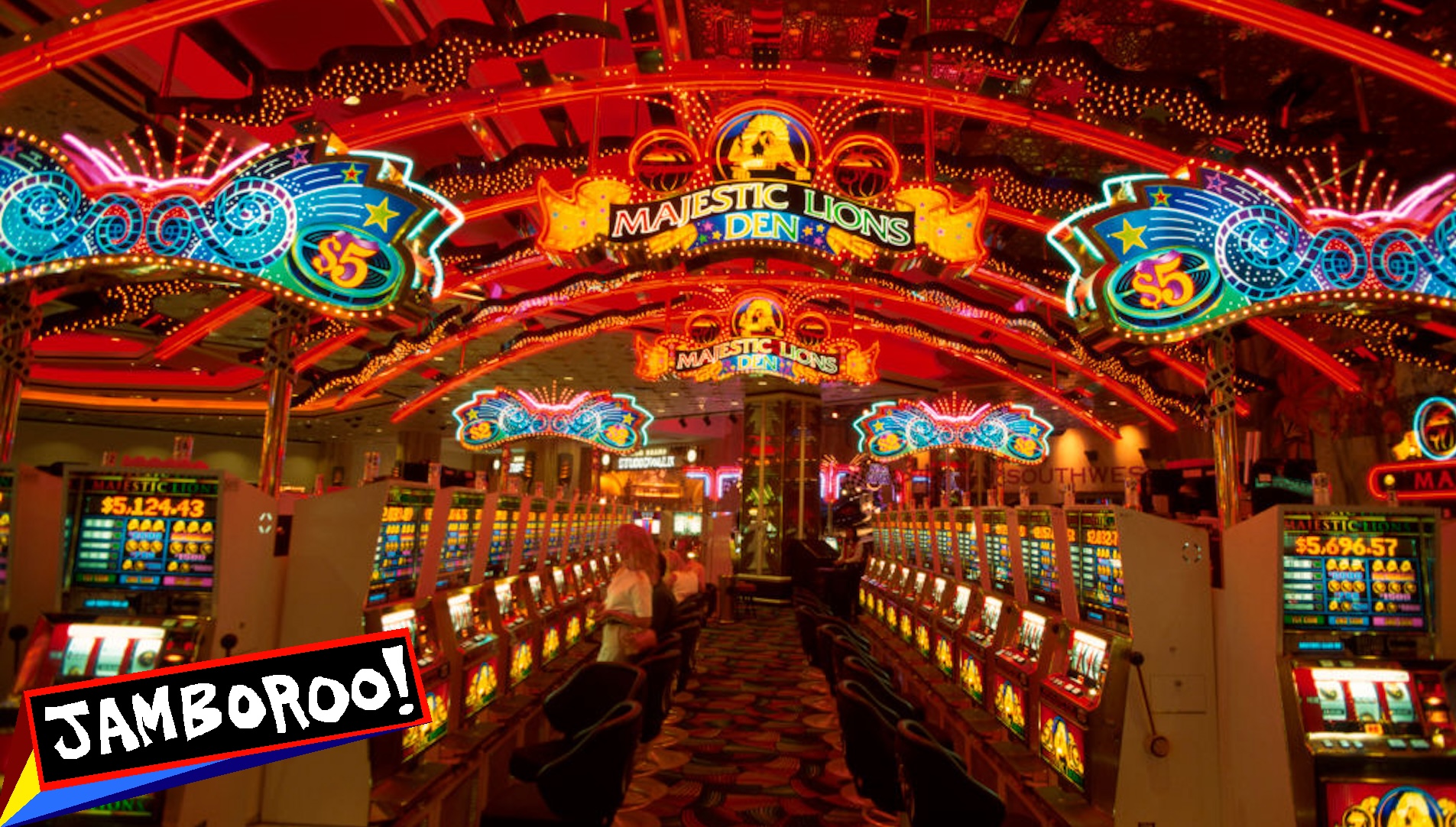It was not a storybook ending, but it was at least the beginning of one. As the Cardinals and Dodgers were stalemated at 1-1 in the bottom of the ninth, with a trip to the NLDS on the line, Dave Roberts looked down his bench and called upon ... well, first it was Gavin Lux. But then when St. Louis made a pitching change and brought out T.J. McFarland, the 23-year-old in the batter's box was replaced by a grizzled 41-year-old with an iconic stance. Albert Pujols would indeed have a shot to hit the walk-off home run that allowed the Dodgers to survive, against the team whose cap he'll undoubtedly be wearing on his Hall of Fame plaque.
You likely know what comes next. Or, if you didn't watch the game, you're at least aware that nothing of tremendous historical import came of this substitution. Pujols watched three straight off-speed balls go by to work the count into a favorable 3-0. But when he got his pitch to hit, he could do no more than awkwardly smack it into center field, where Harrison Bader was waiting to make the catch.
I only had three more at-bats to dwell on this thought before Chris Taylor's heroics ended the game and the Cardinals' season (and got Randy Newman stuck in my head). But that very easily could have been Albert Pujols' final appearance in an MLB game, as his one-year, $570,500 contract expires at the end of this playoff run. I can think of several compelling reasons for a team to want Tío Albert in the dugout, and in their clubhouse, and wearing their uniform, but the argument for his future as a baseball player isn't so easy.
While even the first chunk of his lucrative 10-year contract with the Angels that he signed in 2011 saw Pujols fail to have any seasons that lived up to the legendary decade he enjoyed in St. Louis, the back half of that contract saw a frustrating but seemingly irreversible decline that made him into one of baseball's heaviest liabilities. In each of his last five seasons, including 2021, Pujols has failed to hit over .250 and only pushed his OBP above .300 once, in 2019. So good was he in the years before that even these long-term slumps just barely sunk his career average down to .297, and he's still racked up more MLB home runs than all but four others all time. But on an Angels team that could never even manage to rise above .500, it pained me to see Pujols lose his connection to greatness and instead become a bat-toting King Lear.
The other Los Angeles franchise, however, has been kind to him. Perhaps reinvigorated by the opportunity to actually make one more run at a World Series, Pujols has seen his production take an unlikely jump in a limited role with the NL Wild Card champs. He's slashing .254/.299/.460 since his bummer of a release from the Angels, with whom he was only putting up .198/.250/.372 in his first 92 plate appearances of 2021. More than that, he has a clearly defined role on this Dodgers team—one much more meaningful than "old man collecting an outsized paycheck." As Clayton Kershaw recently told the New York Times, Pujols is the guy offering advice to the Dodger hitters as they make their way towards the plate, and he's the one waiting with a hug when they return from their trip around the bases.
"We needed that older veteran. He calls himself Tio, we call him Tio, that uncle-type helping everybody out with hitting but also being a guy who is happy for you when you do well, smiling in the dugout."
When he has gotten the opportunity to play—almost always as a pinch hitter but occasionally still as a starter at first—Pujols has been extremely one-dimensional but still valuable in his own way. He can't run anymore, and he absolutely cannot hit right-handers at a Major League level. But he has suddenly provided lefties with a reason to fear him again, smashing 13 home runs and putting up a .939 OPS in 146 plate appearances against them this year.
San Francisco, as a team, has the lowest relief ERA in the majors, and that impact will make Pujols a viable weapon who can cause match-up issues in potential high-leverage situations against southpaws like Jose Alvarez and Jarlin Garcia. It's a little tough, maybe, but not at all impossible to imagine that in this postseason he'll get another chance to hit with the game on the line, like he did Wednesday night. It's even tougher—but still not impossible!—to dream that, this next time, he'll come up huge with a play that would have felt inconceivable when he was flailing back in April.
But whether it happens or not, will Pujols's brief retention of some of his old skills be enough to earn him another spot on a club next year, after his 42nd birthday? Or, perhaps more importantly, is it worth it for Pujols to take a dirt-cheap deal, after all he's done in his career, just to chase a few more victories or maybe try to catch A-Rod on the dinger charts?
I don't know. I'm pretty sure Albert himself doesn't even know and doesn't particularly want to consider it while he's having more fun than he's had in a long time, is about to play a postseason series for the first time since 2014, and is in pursuit of his third championship. But any time he grabs a bat—any time the camera catches him watching in the dugout, really—the question will be implied or even outright stated. Is this it? But whether his last career hit is that fifth-inning single on Friday which helped Trea Turner tie the game on a grand slam, or if it's still to come, Pujols is, for the first time in far too long, a valued member of a good baseball team. I can think of worse final acts.





